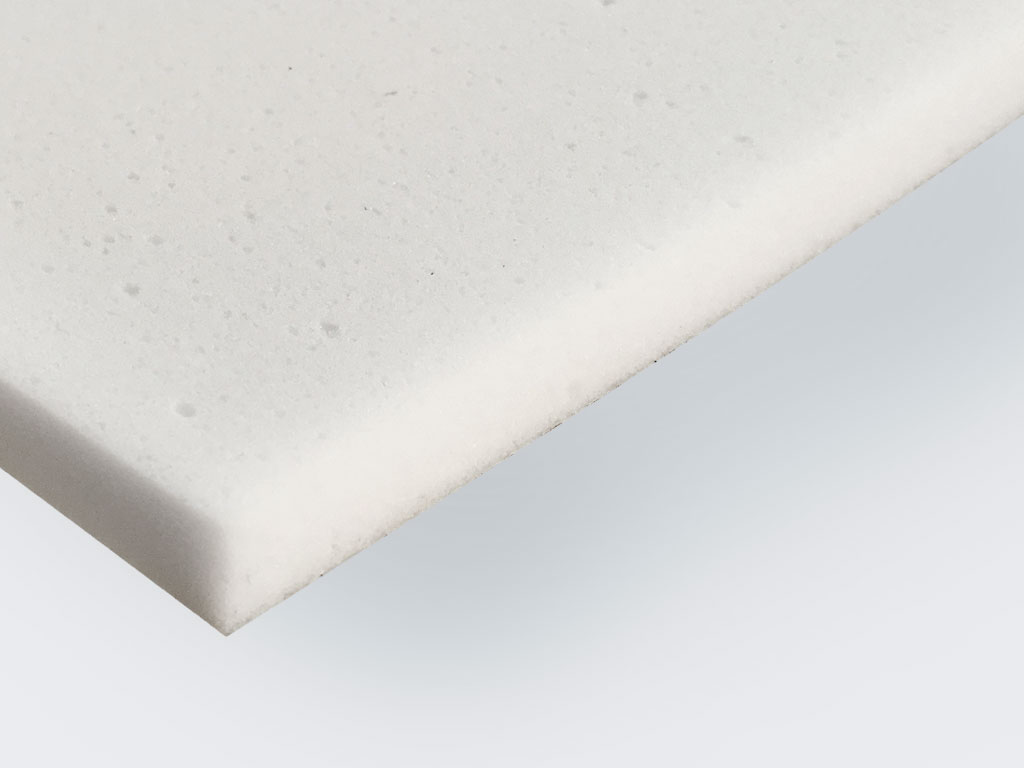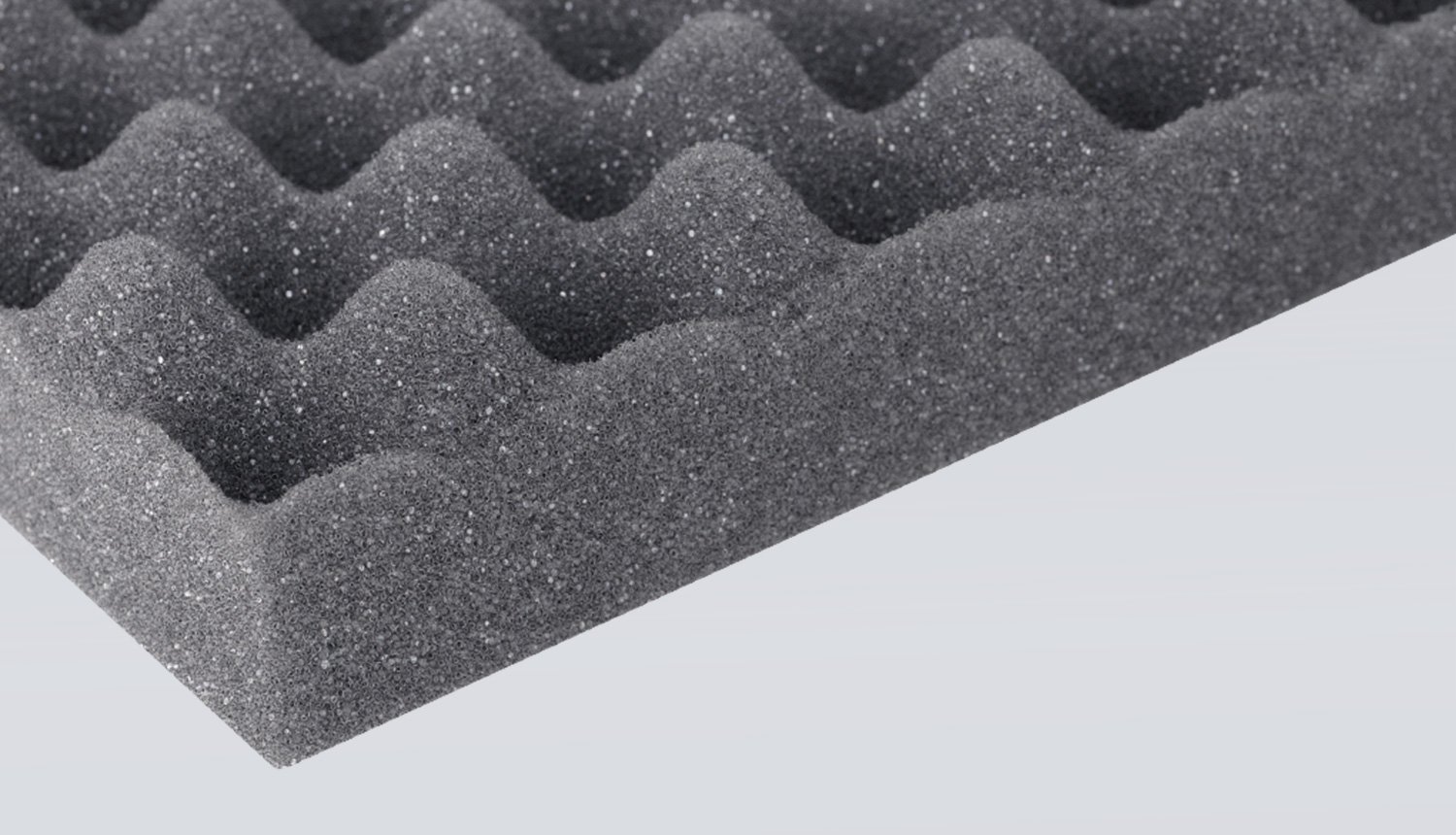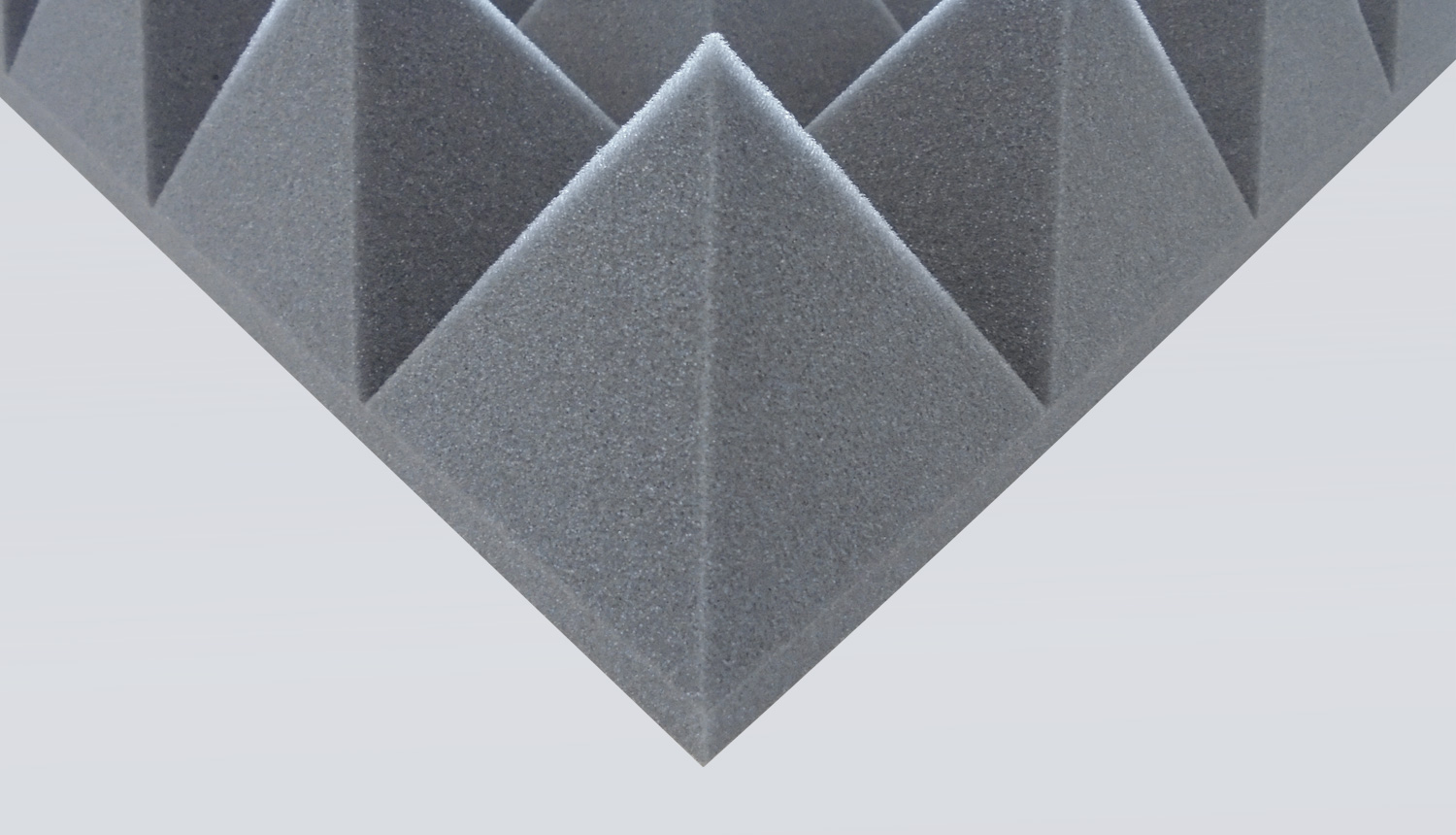Refrigerator
Measures and products for noise reduction of refrigerators.
In the case of refrigerators and freezers, the small compressors that are switched on and off at different times to cool the appliance are often a nuisance. What is already annoying in the dining room or in open living-dining areas can quickly become a nerve-killer in a loft where everything is open and where the hum can be heard in bed even at night. Here are a few suggestions on how to reduce the noise from the fridge or freezer and get back a pleasant living space feeling.
Refrigerators or freezers are usually placed with the open back or bottom side against a concrete wall or floor. They are open so that the waste heat from the compressor can escape and not accumulate in the appliance, which would only lead to the compressor switching on more often as the appliance heats up. The sound waves are emitted from the unit, hit the concrete wall and are thrown into the room from there and spread throughout the room or apartment.
The solution how to insulate the refrigerator or freezer is our sound insulation and noise protection foam. Mount our self-adhesive nubbly foam Silphon? nubbly foam or pyramid foam or the flame-retardant melamine foam Basotect? G+ with a thickness of approx. 50mm directly behind the appliance on the concrete wall. We recommend a distance between the foam and the device of approx. 50 mm to 100 mm so that the heat can continue to be dissipated well from the device and does not accumulate. Ideally, the area you cover should be at least as large as the back of the refrigerator, but better still a little over the width or height, thereby enabling you to absorb as many sound waves as possible. In the case of the appliances, you usually only have the opening with the compressor at the bottom, but on top are the cooling rods, some of which also emit water sounds. You can insulate these with the above mentioned solution.
The plates, which are extremely light, can be glued to the wall in a few seconds. Then simply slide the refrigerator or freezer back in front of them - that's it. Thereby the reflections of the wall are prevented and the noise emission is significantly reduced. The sound waves are absorbed by the acoustic foam and the noise level has become more bearable.
?




